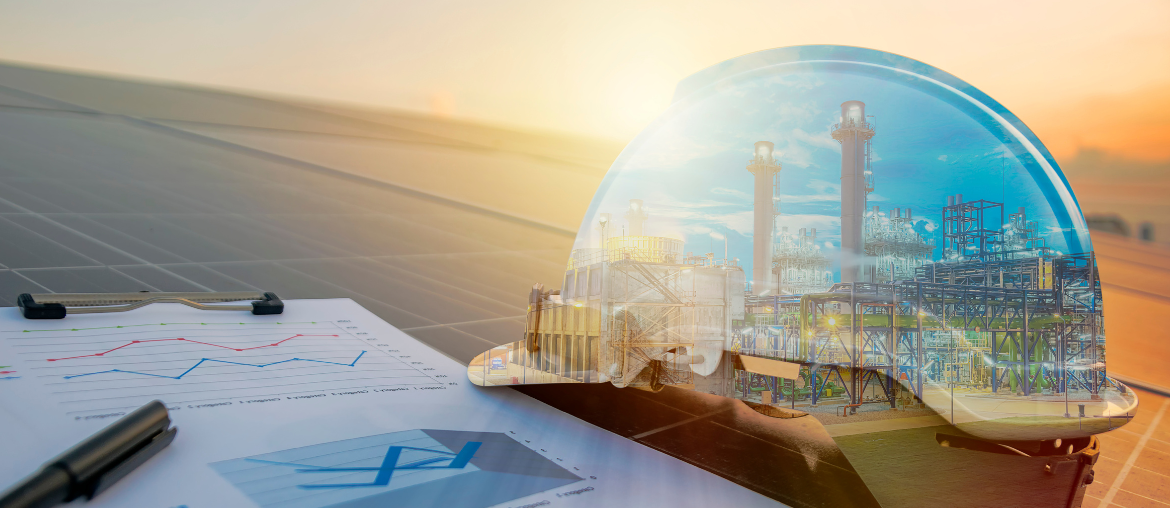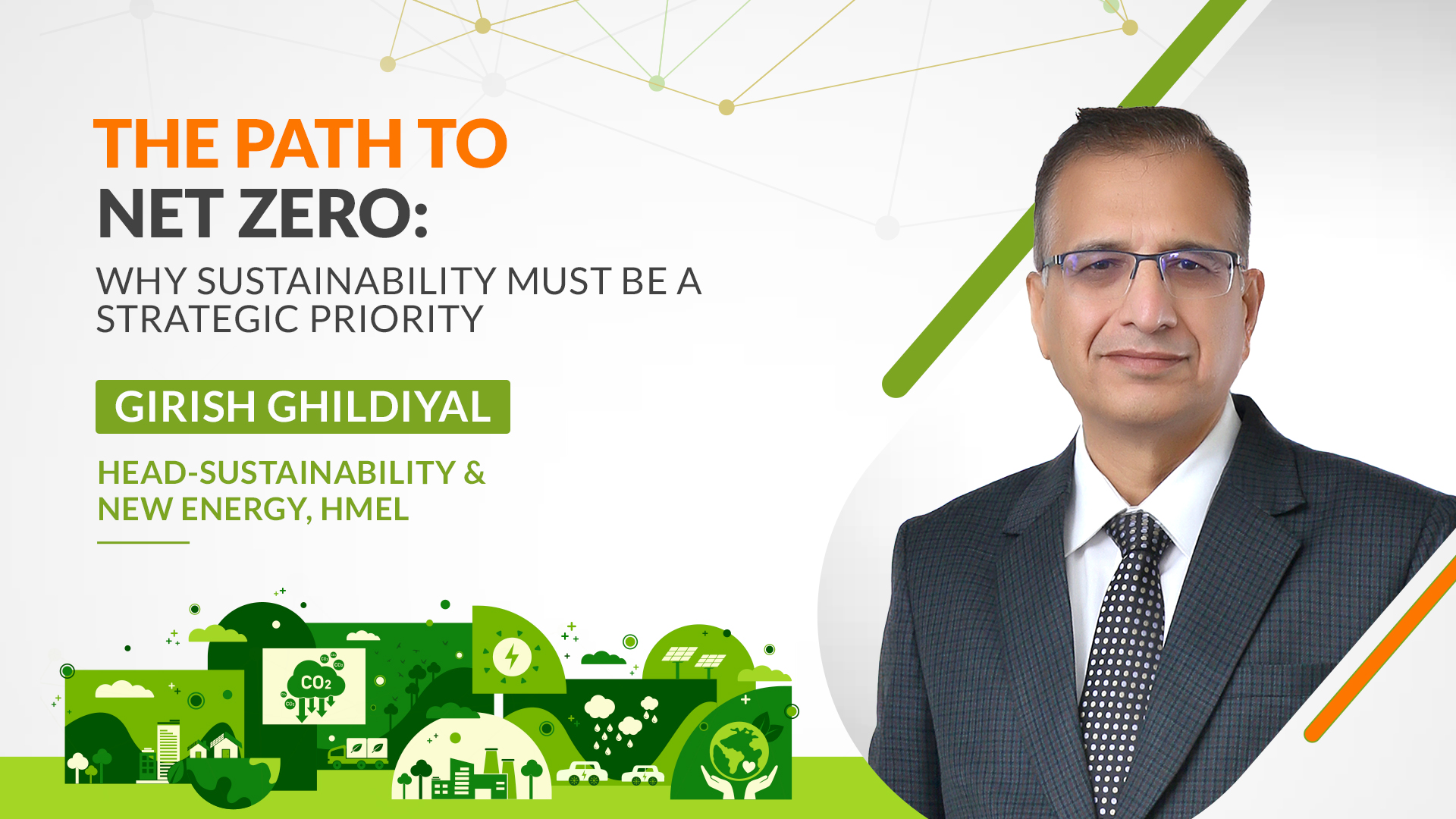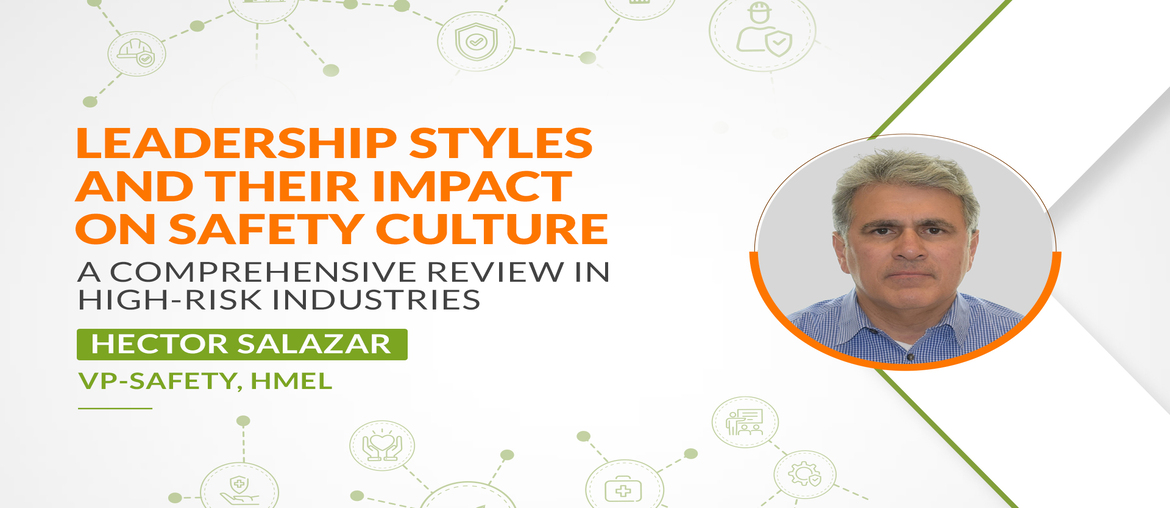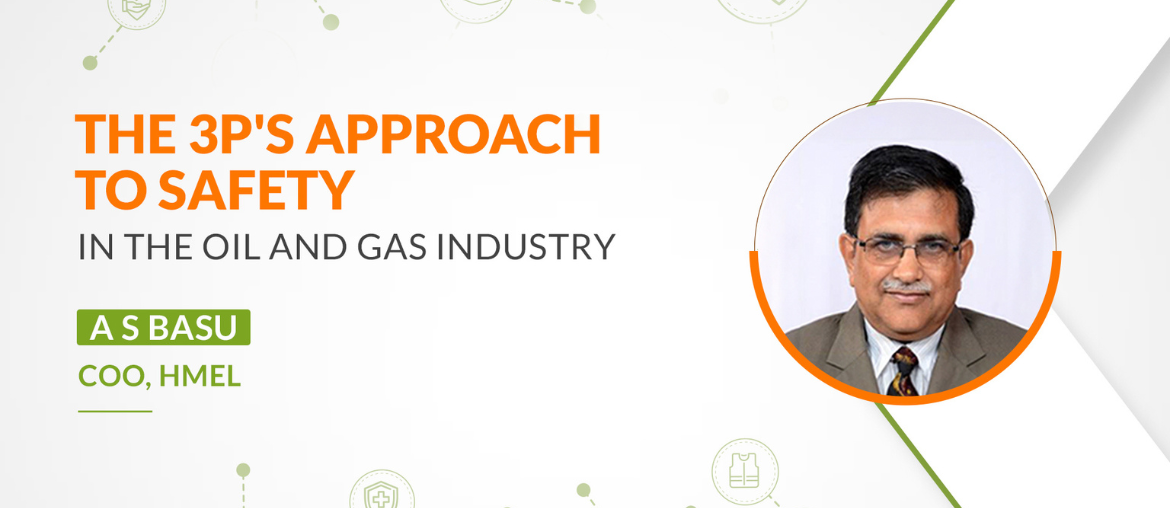The year 2025 marks a critical phase in India’s clean energy transition. What was once an aspirational agenda has now become a national imperative—one that spans far beyond carbon counts and capacity targets. It's about reimagining how energy is produced, stored, consumed, and governed in a country of 1.4 billion people, each connected to a grid of shifting priorities and rising expectations.
From solar and biofuels to green hydrogen and digitalization, the energy conversation is no longer limited to generation—it’s about integration, intelligence, and long-term resilience. Whether we’re in policymaking rooms or on refinery floors, the question is the same: how do we future-proof our energy systems while ensuring they remain inclusive, efficient, and adaptive?
At HMEL, this is a question we’ve been actively engaging with. As a company committed to enabling a lower-carbon future, we’ve been observing several developments that are shaping the trajectory of India’s renewable energy landscape. Here are six renewable energy trends, we believe are pivotal to understanding and influencing the direction of change in 2025.
1. Solar Matures from Capacity to Capability
The solar story in India is no longer about scale alone—it’s about stability. With rising rooftop adoption, hybrid systems, and battery-backed grids, 2025 is the year solar begins to be seen as part of a more holistic energy infrastructure rather than an isolated clean source.
India is projected to cross 106 GW in solar capacity by the end of the year, reflecting a broader trend of renewable energy focused on integration and storage. HMEL has made strategic investments in rooftop solar, not just to generate power, but to understand how solar fits into industrial workflows, cost structures, and emission reduction goals.
2. Green Hydrogen Gains Structural Ground
Momentum around green hydrogen has shifted from exploratory to actionable. Supported by national policies and industry collaborations, hydrogen is slowly being
woven into sectoral planning—especially in hard-to-abate industries and transport.
At HMEL, we are closely evaluating green hydrogen and ammonia as part of our broader sustainability roadmap. This strategic focus supports India’s goal of achieving 5 million metric tonnes of green hydrogen capacity by 2030 and aligns with emerging renewable energy trends, reflecting the energy sector’s shift toward low-carbon fuels.
3. Energy Storage Moves from Backroom to Backbone
Energy storage is no longer just a buffer, it’s becoming central infrastructure. With battery capacity projected to hit 190 GWh by 2030, 2025 is the year energy storage becomes foundational for round-the-clock renewable supply.
We’re part of conversations within the India Energy Storage Alliance that reflect this urgency, evaluating how industrial-scale storage could change the way we operate and plan.
4. Digital Tools Make Energy Visible, and Actionable
Digital tools are becoming inseparable from energy strategy. AI, IoT, and digital twins are optimizing energy flows, tracking emissions, and minimizing operational losses in real time.
India is targeting 25 crore smart meters by 2026, while at HMEL, we’ve already begun integrating intelligent systems across our operations. Predictive maintenance, automation, and energy analytics are part of our refinery's transformation—reinforcing our role in advancing trends in the energy sector through data-backed decisions.
5. Biofuels Become a Systems-Level Solution
India’s biofuel narrative is expanding—from field-level supply to system-level strategy. Blending mandates are being met with growing on-ground capacity, and new byproducts are helping close resource loops.
Our bioethanol plant is a step in this direction. It’s helping us think differently about value—from waste streams to carbon credits to rural ecosystems.
6. ESG and Regulatory Alignment Drive Strategic Choices
Perhaps the most defining shift in 2025 is the integration of ESG into core business strategy. It’s no longer a compliance checkbox but a lens through which capital, talent, and public trust flow.
We’ve begun embedding ESG into our capital allocation models and leadership goals. It keeps us grounded and reminds us that transformation isn’t just about technology, it’s also about accountability.
The Way Forward
These six renewable energy trends reflect more than just progress—they represent a reorientation of India’s energy future. At HMEL, we’re building capabilities that go beyond compliance and carbon. We’re aligning with systems thinking, investing with foresight, and staying accountable to the communities and industries we serve.
The path to Net Zero isn’t about rushing ahead, it’s about moving forward, together, with purpose and precision.







